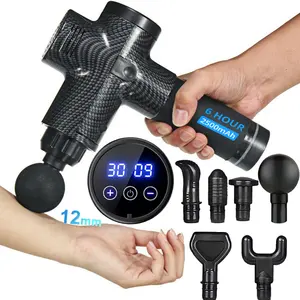关于自附着电极
如今,自附着电极对普通百姓来说不是什么新鲜事物,因此不再被视为禁忌。如果您正在寻找倒数第二个快乐,则必须检查一下巨大的东西。 自附着电极集合在Alibaba.com上。这些妖and而弯曲。 自附着电极物有所值,并且一定会让您度过一个特别的夜晚。这些洋娃娃从头到脚都具有栩栩如生的外观。
无论您是一个孤独的人,寻找一个栩栩如生的伴侣,还是一对想要增添生活情趣的夫妻,都可以使用。 自附着电极,用于点燃该火。这些壮观。 自附着电极可根据您的期望进行自定义。这些太神奇了。 自附着电极(男性和女性)均可用,并且均由医药级有机硅制成,以确保安全使用。立即获得一个,享受充满激情和激情的夜晚。
Alibaba.com提供了这些惊人的功能。 自附着电极,包括所有身体形状,大小和种族。无论您有什么要求。 自附着电极,您可以在网站上全部获取它们。这些。 自附着电极由最优秀的工匠塑造成形状,并且对每个复杂的细节都进行了彻底检查。这些娃娃的眼睛,头发,指甲和所有其他身体部位与现实生活中的人相似。
Alibaba.com提供了广泛的。 自附着电极,可以帮助您购买符合预算和其他要求的产品。这些产品本质上是安全使用,认证和生态友好的。这些产品均提供OEM订单。
无论您是一个孤独的人,寻找一个栩栩如生的伴侣,还是一对想要增添生活情趣的夫妻,都可以使用。 自附着电极,用于点燃该火。这些壮观。 自附着电极可根据您的期望进行自定义。这些太神奇了。 自附着电极(男性和女性)均可用,并且均由医药级有机硅制成,以确保安全使用。立即获得一个,享受充满激情和激情的夜晚。
Alibaba.com提供了这些惊人的功能。 自附着电极,包括所有身体形状,大小和种族。无论您有什么要求。 自附着电极,您可以在网站上全部获取它们。这些。 自附着电极由最优秀的工匠塑造成形状,并且对每个复杂的细节都进行了彻底检查。这些娃娃的眼睛,头发,指甲和所有其他身体部位与现实生活中的人相似。
Alibaba.com提供了广泛的。 自附着电极,可以帮助您购买符合预算和其他要求的产品。这些产品本质上是安全使用,认证和生态友好的。这些产品均提供OEM订单。








































































































































